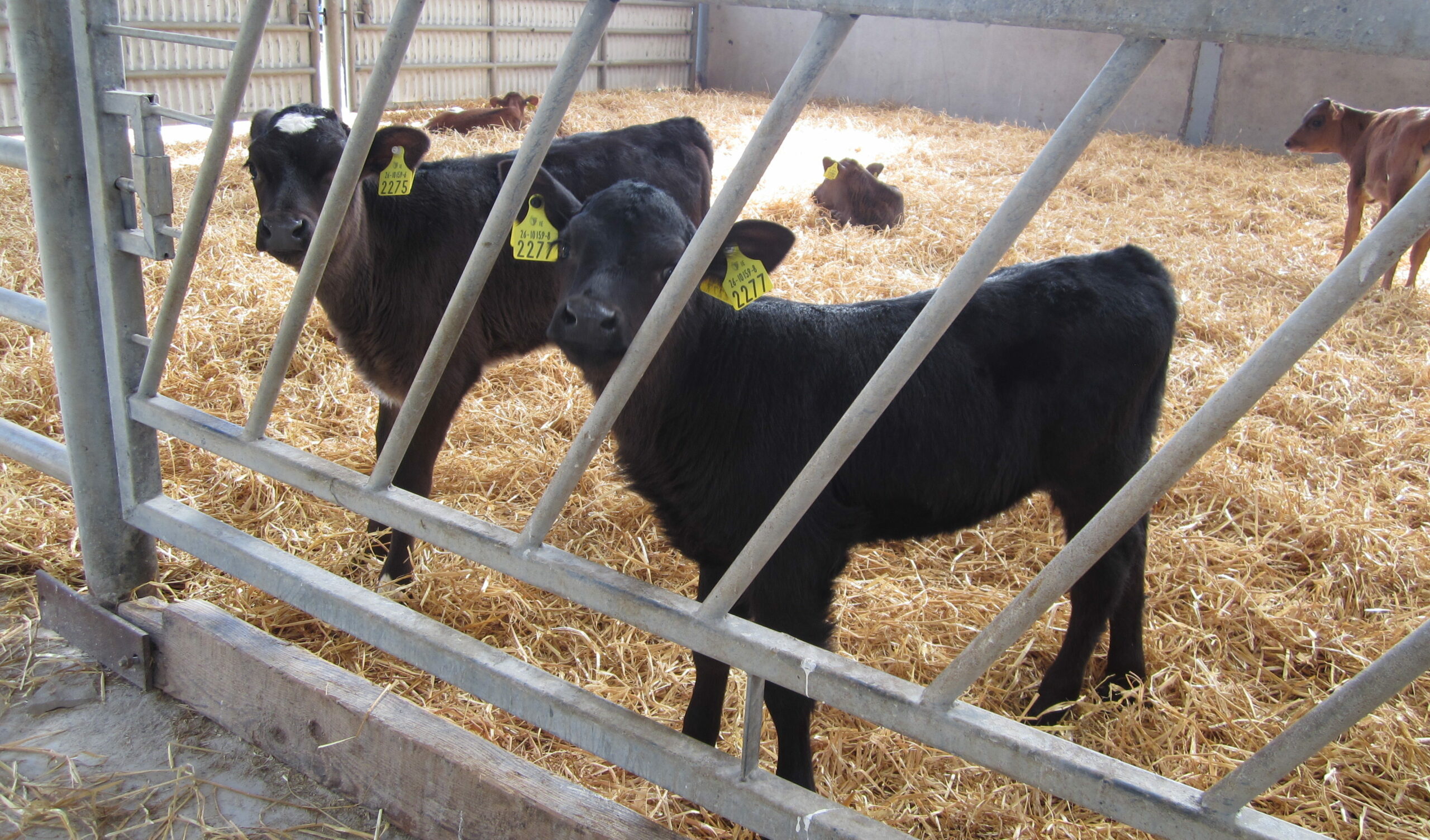By George Ramsbottom and John Mee, Teagasc
As a result of the prolonged period of housing, dairy cattle need to be monitored closely. Below are a number of key areas to watch out for this week.
1. Poor cow welfare
Farmers need to be vigilant for extreme losses in body condition, overcrowding and lameness. Get a fresh pair of eyes (e.g. your local vet or advisor) to look over the herd and advise on practical responses.
2. Mastitis
Monitor SCC (somatic cell count) results closely. All cows should be pre-stripped at each milking to ensure early detection of mastitis. Cows with clinical mastitis should be treated promptly.
3. Acidosis
Where greater than normal levels of concentrates are required because of a fodder shortage, slowly increase the level of meal fed. Where more than 6kg of concentrate is required daily, offer a third feed around mid-day.
This will reduce the risk of acidosis, laminitis and displaced abomasum occurring. Feed a buffer – such as sodium bicarbonate (200g/head/day) or AcidBuf – if the forage is less than 50% of the total diet.
4. Lameness
Monitor the cows gait and stance closely. Identify lame cows for prompt examination / hoof treatment to minimise the impact of lameness on milk production and reproductive performance.
5. Calf scours and pneumonia
Prolonged housing of dairy calves leaves them at greater risk of acquiring scours or pneumonia – particularly in overstocked or poorly-ventilated accommodation.
Monitor carefully and provide adequate bedding, ventilation and a run-out area to turn calves out to grass at the earliest opportunity.
Seek advice
Where animal health or welfare may be compromised by prolonged housing or fodder shortages, talk to your local vet and advisor to prevent serious short-term (e.g. mortalities) and/or long-term (e.g poor reproductive performance) consequences.


